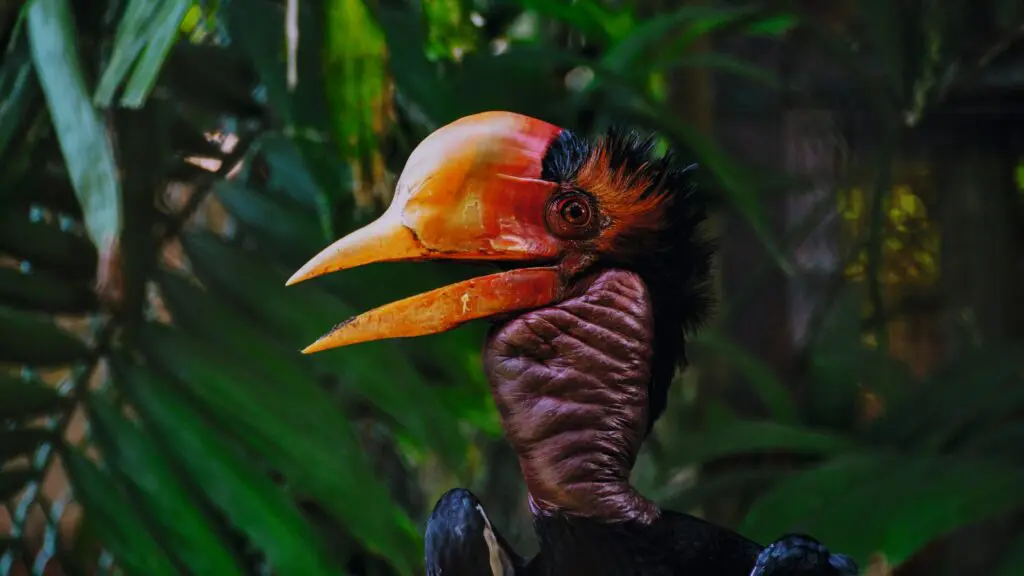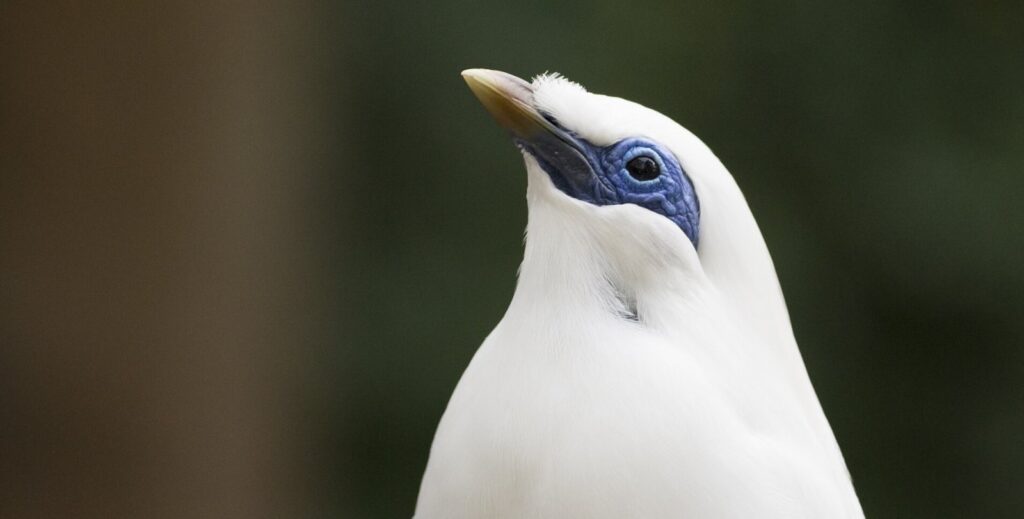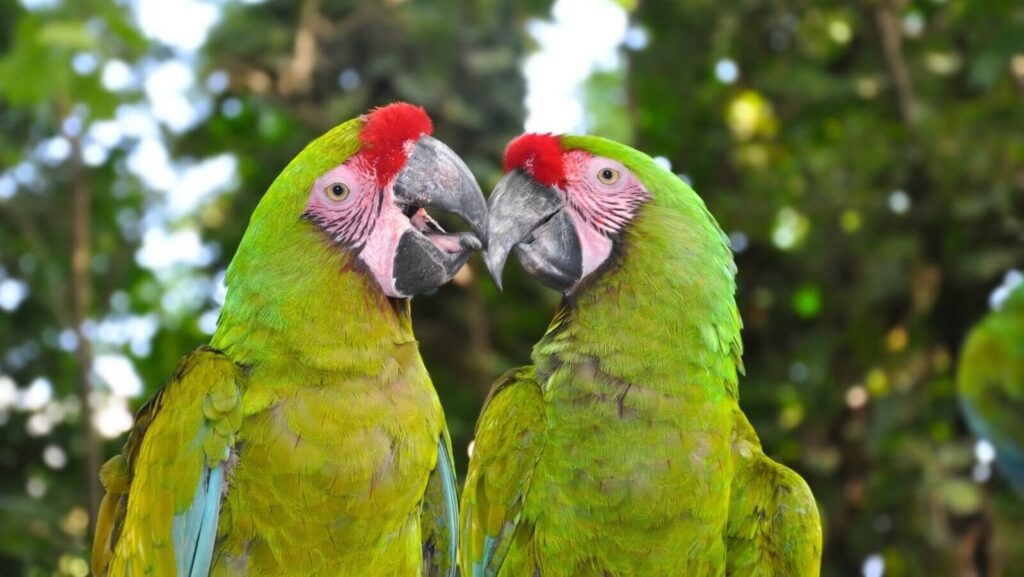Become a Species Champion
Do your part to protect a globally threatened bird that means the most to you.
As a global Partnership, we believe in internationalism. We have translated as much content in your language as our resources allow. Please visit the English language site to view all of our content.

The illegal trade in ivory or rhino horn tends to get the headlines. The illegal bird trade, however, poses just as great a threat – one that BirdLife and our Partners are working across the world to combat.
It’s a growing multibillion-dollar business. Statistics indicate that illegal wildlife trade globally generates between $7- $23 billion annually. This trade is a vast criminal enterprise. Additionally, it is estimated that one out of every four bird and mammal species globally is caught up in wildlife trade.
Moreover, wildlife trade threatens rural community livelihoods, hampers development efforts, and puts ecosystems at risk. Perhaps one of the most frightening realities of this trade is the threat that it poses to the health of human beings, through spread of zoonotic diseases – diseases that jump from animals to human beings.
The most recent devastating example is the COVID-19 pandemic that has wreaked havoc globally and is suspected to have originated from a wildlife market in Wuhan, China. Human health is tightly interlinked with the fate of wild animals trapped and sold in trade markets. The UN Environment Programme estimates that 75% of new and emerging diseases are transmitted by wild animals.
In Africa, for example, it involves trade and trafficking of elephant tusks and rhino horn, pangolin scales, bush meat, and endangered birds, including vultures. Wildlife trade is increasingly driving species to extinction, and destroying biodiversity.
On the other side of the planet, organised poaching networks are emptying Asia’s forests of their songbirds – where they will be transported, often in appalling conditions, to markets across the region. The excessive demand for songbirds – made fashionable through highly popular singing competitions – has brought dozens of species to the edge of extinction. On the island of Java, for example, it is now thought there are more songbirds in cages than in forests.

Recent studies have revealed startling numbers in the Mediterranean, Arabian Peninsula, Northern and Central Europe and the Caucasus. Across these regions, millions of birds are removed from their habitats every year – dead or alive – with devastating impacts on the populations of some species. The iconic Eurasian Goldfinch Carduelis carduelis has lost 56.7% of its range in the Western Maghreb due to extensive hunting and trading. Its rarity has led to an increase in price and the establishment of an illegal international trading network across the region. One goldfinch is currently worth $50 – nearly a third of the average monthly income in the area.
In the Americas, the sale of wild-caught parrots still occurs in contravention of the Convention on International Trade in Endangered Species (CITES) and national laws that ban unauthorised trade in wild animals. A recent study of pet markets in Santa Cruz, Bolivia found that over 22,000 individuals of 31 parrot species, the vast majority of which (94%) were wild-caught, were illegally traded every year under Bolivian law. Similarly large numbers of wild-caught birds are traded illegally in Mexico, with trappers estimated to capture 65,000–78,500 parrots every year.
On the island of Java, it is now thought there are more songbirds in cages than in forests.

One of the reasons why the trade in wild parrots continues is that it is very profitable, with particularly beautiful or rare species selling for up to US$1,000 or more. Although many birds are traded within the country of origin, international parrot smuggling is very common. The parrot trade in Mexico is largely driven by the demand for exotic birds in the US, where an estimated 4–14% of Mexican wild-captured parrots (up to 9,400 birds) are smuggled each year.
Whether it’s establishing and guarding safe havens for the Helmeted Hornbill, helping parrot-trappers to establish alternative, sustainable ways of making a living, or supporting authorities to enforce laws, we invest in long-term, sustainable solutions that factor in the needs of both nature and local people. Much of our partner work documents the scale of the criminality locally and how it is joined up to transnational networks of banditry. This helps governments and law enforcement understand and acknowledge the vast scale and devastating impact at play and encourages them to target the necessary legal and enforcement resources appropriately.
Do your part to protect a globally threatened bird that means the most to you.
Our evidence-backed approach ensures your money will always go where it’s needed most.
Join a worldwide community of people who care about birds and conservation, and help to make a real difference.